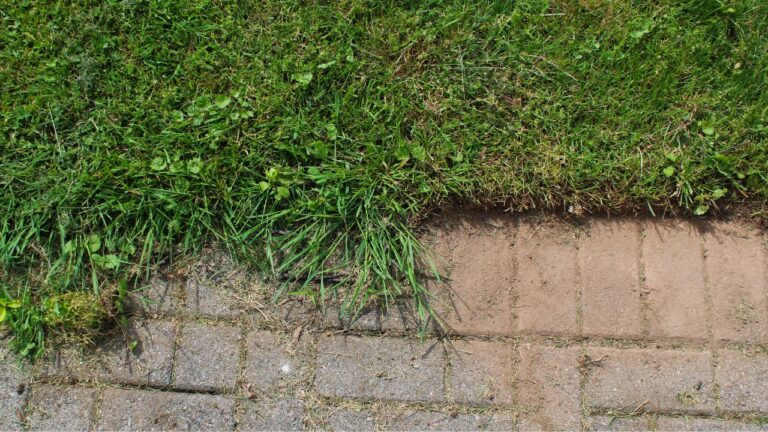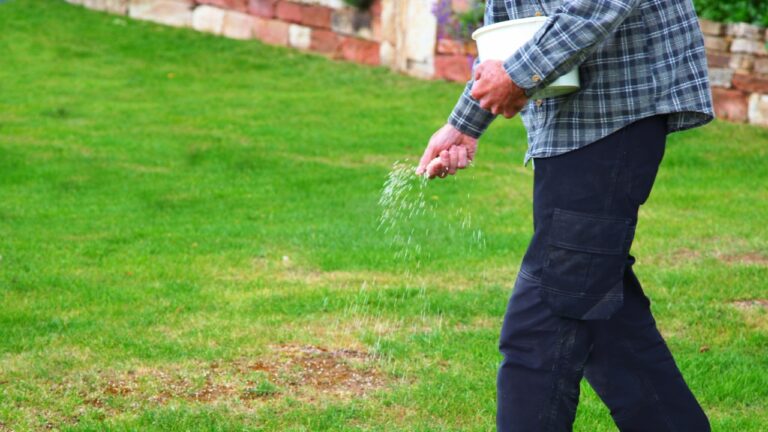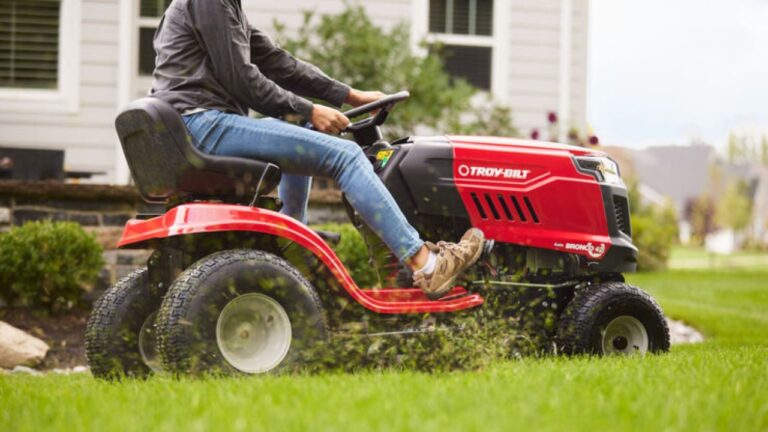6 Mistakes That Are Making Mice Comfortable on Your Property
If you’re spotting signs of mice around your house, they didn’t show up out of nowhere. Something on your property is inviting them in—and they’ll keep coming back if the conditions are right. Mice aren’t picky, but they are smart. They look for easy food, safe shelter, and quiet corners to nest.
If you’re accidentally making things a little too comfortable, it’s time to fix that. These are some of the most common ways homeowners unknowingly roll out the welcome mat.
Leaving Pet Food Outside
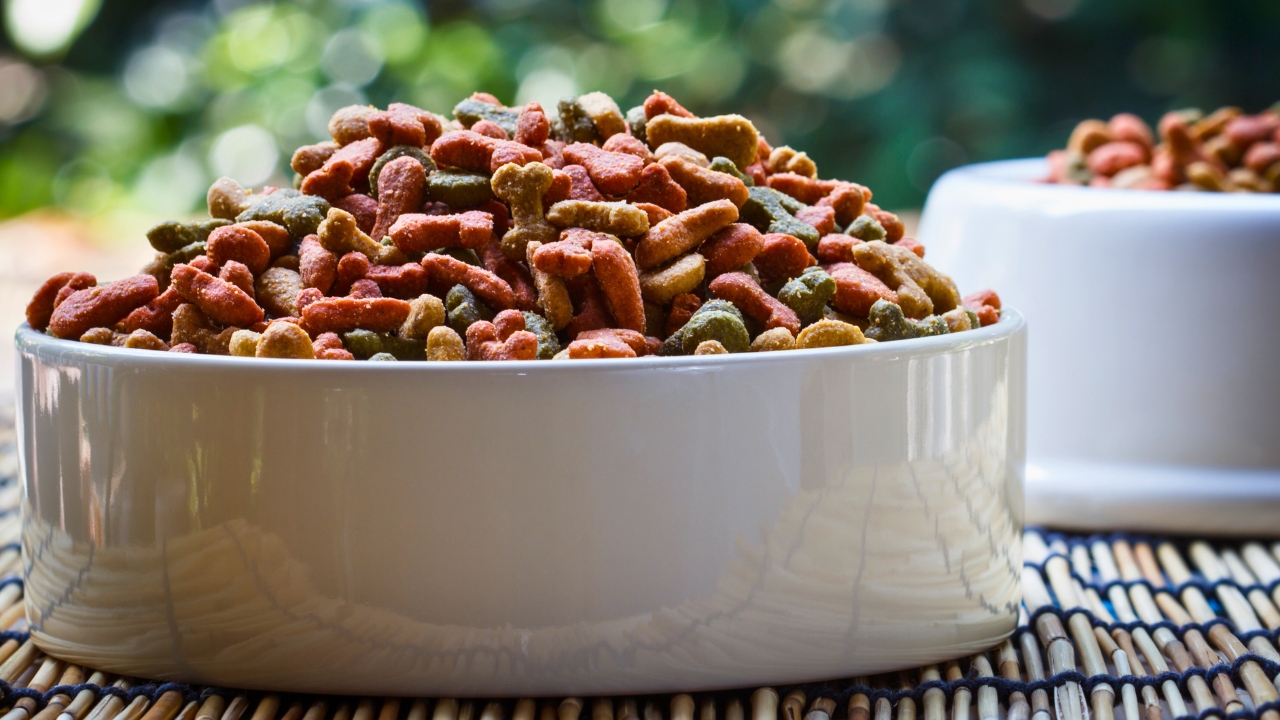
Whether it’s in a dish on the porch or a bag in the shed, accessible pet food is a buffet for mice. They can smell it easily and will keep coming back if they know it’s there.
Even if you feed pets outside, pick up leftovers right after meals. Store bulk food in airtight containers—preferably metal or thick plastic—and keep it off the ground. Mice don’t need much to survive, and this one’s an easy win for them.
Letting Grass and Weeds Get Too High

Tall grass, brush piles, and overgrown corners give mice a safe place to move around without being spotted. It makes your yard feel safe and gives them direct paths to your house, barn, or coop.
Keep the lawn trimmed regularly and clear out thick weeds along fences and outbuildings. If they have to cross open ground, they’re less likely to settle in. Don’t forget around sheds, under decks, and behind woodpiles—those spots are mouse favorites.
Skipping Repairs on Gaps and Cracks
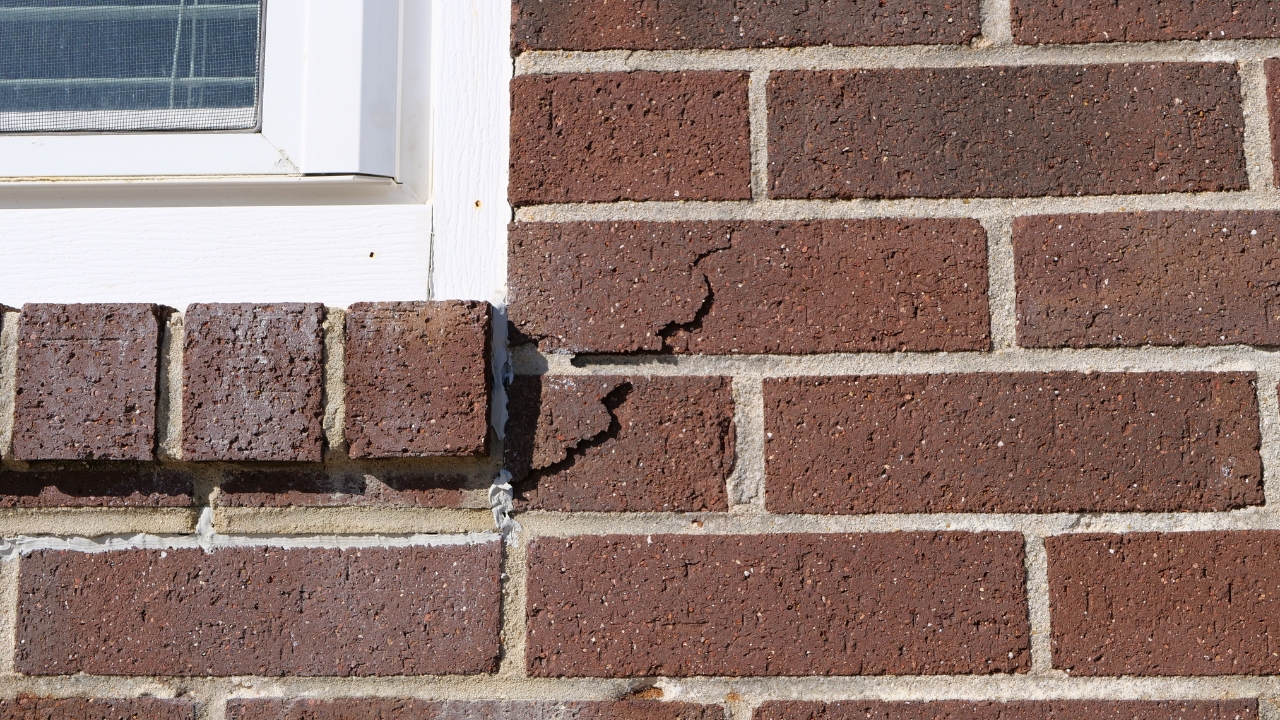
Mice only need a hole the size of a dime to get inside. Gaps around pipes, vents, foundations, and garage doors are like unlocked doors. Once they find one, they’ll use it often.
Walk around your house and outbuildings and look low. Seal up any cracks with steel wool and caulk or use hardware cloth where needed. Pay extra attention near dryer vents and AC lines—mice love to follow that warmth.
Leaving Chicken Feed and Grain Accessible

If you store grain, chicken feed, or scratch in bags or buckets without tight lids, you’re practically inviting mice in. They’re great at chewing through plastic and getting into even small containers.
Use metal bins or food-grade containers with locking lids. Keep them off the ground when you can. If feed spills during chores, sweep it up right away. A few scattered kernels is all it takes to draw them in night after night.
Not Cleaning Up Under Bird Feeders
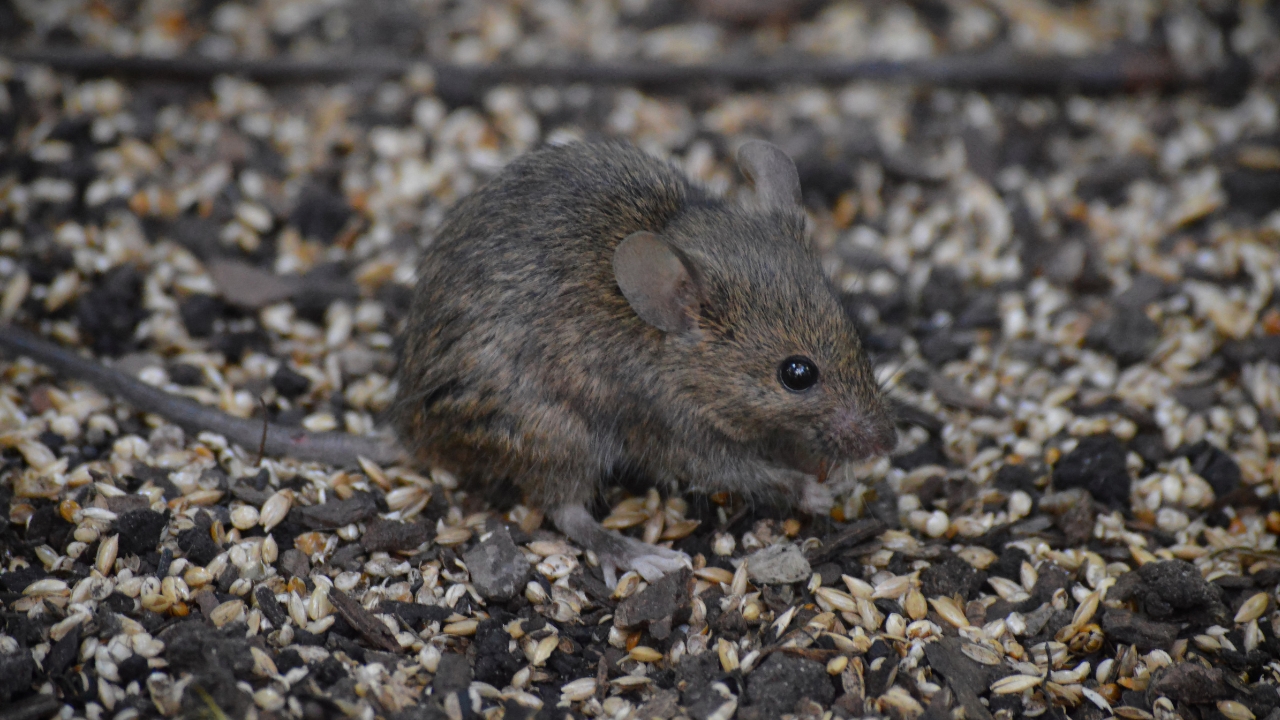
Bird feeders don’t just attract birds—they feed mice too. Seeds that fall to the ground build up fast, and mice will scavenge those areas often, especially after dark.
Either move your feeders farther away from the house or add a tray underneath to catch excess. Rake the area every few days and avoid overfilling the feeders. If mice associate that area with a meal, they’ll nest close by.
Ignoring the Garage or Shed Clutter

Piles of cardboard, stacks of old wood, or untouched corners of your shed are perfect for mice to hide and nest. They love clutter and will tunnel right in without you knowing.
Keep storage tidy and raised if possible. Use plastic bins instead of cardboard boxes, and rotate stored items occasionally to keep things from sitting too long. The less quiet and still it feels, the less appealing it is to mice.
Storing Firewood Right Against the House

Stacked firewood holds heat and gives mice shelter—and if it’s right up against your siding, they don’t have far to go. It’s also tough to spot burrows or nests behind a pile until there’s already a problem.
Keep firewood at least 20 feet away from the house if you can. Stack it up off the ground using pallets or a rack, and check it for signs of nesting every now and then. It’s one of the most common oversights.
Forgetting to Empty Outdoor Trash Regularly

Outdoor trash cans, especially ones with food scraps, will attract mice fast if the lids don’t seal properly. Once they find one they can access, they’ll keep checking it like clockwork.
Use trash cans with tight-fitting lids and avoid letting bags sit on the ground beside them. If the inside gets dirty or leaky, rinse it out to keep odors down. Smell is often what pulls them in first.
Letting Gutters and Downspouts Stay Clogged
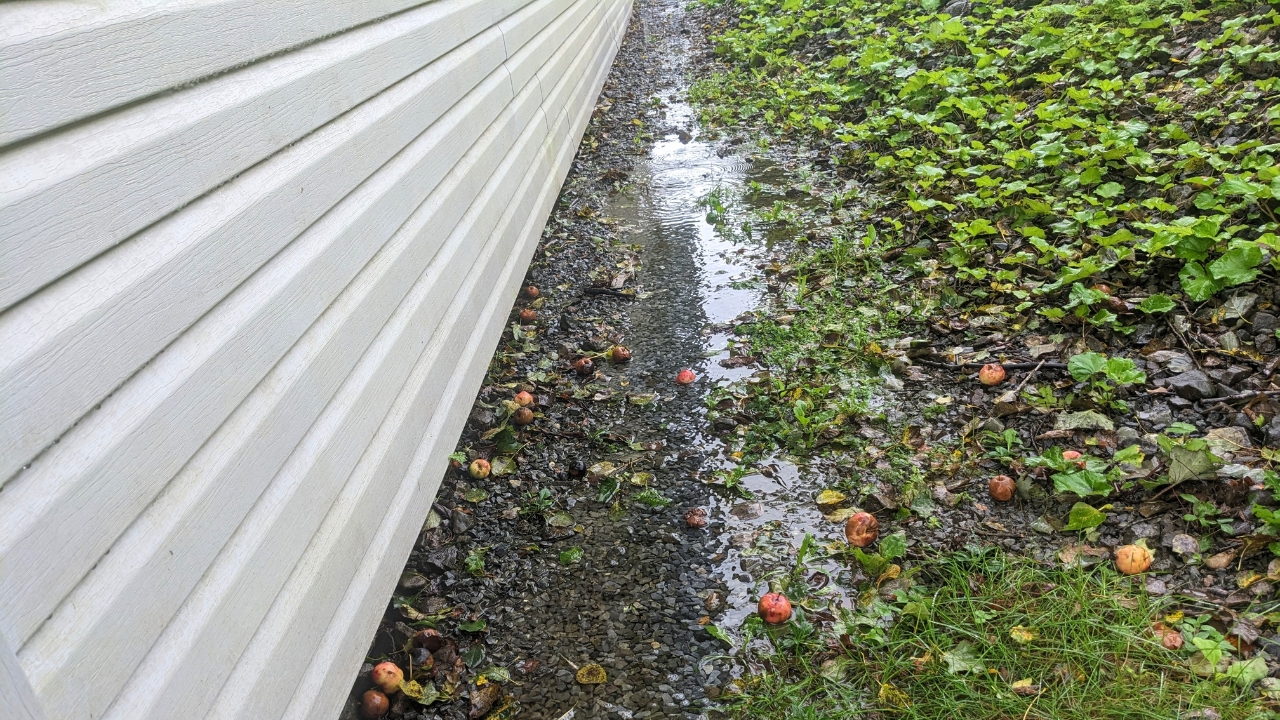
Backed-up gutters can lead to water pooling near the house, which softens the soil and foundation areas. That makes it easier for mice to tunnel and slip under the siding or into crawlspaces.
Clean out your gutters a few times a year—more if you’ve got trees nearby. Make sure your downspouts drain far enough from the foundation so water doesn’t collect. Dry ground is less appealing for mice trying to dig in.
Ignoring Signs of Nesting Until It’s Too Late
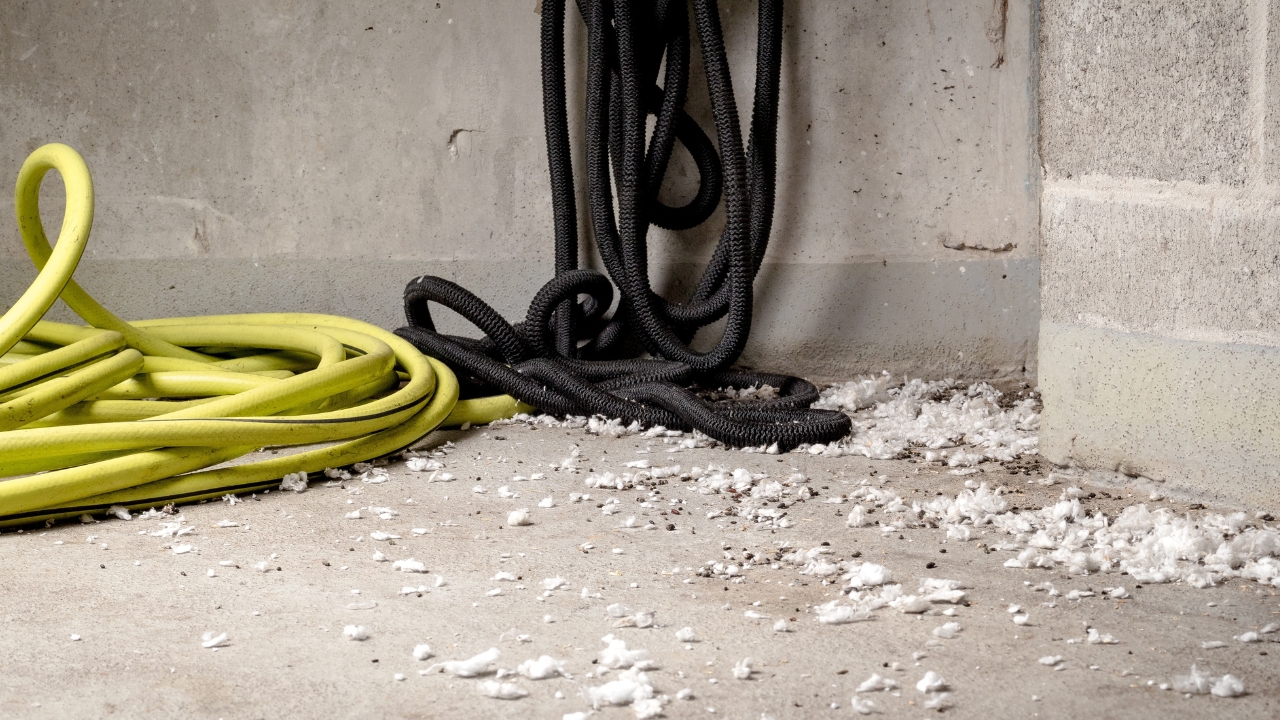
If you’re seeing droppings, shredded insulation, or scratching sounds, that means they’ve already settled in. Waiting to deal with it only gives them more time to multiply and spread.
Set traps as soon as you notice activity and check them daily. If you’re dealing with more than a couple mice, it might be worth calling in a pro. Quick action is the difference between an annoying issue and a serious infestation.
*This article was developed with AI-powered tools and has been carefully reviewed by our editors.



